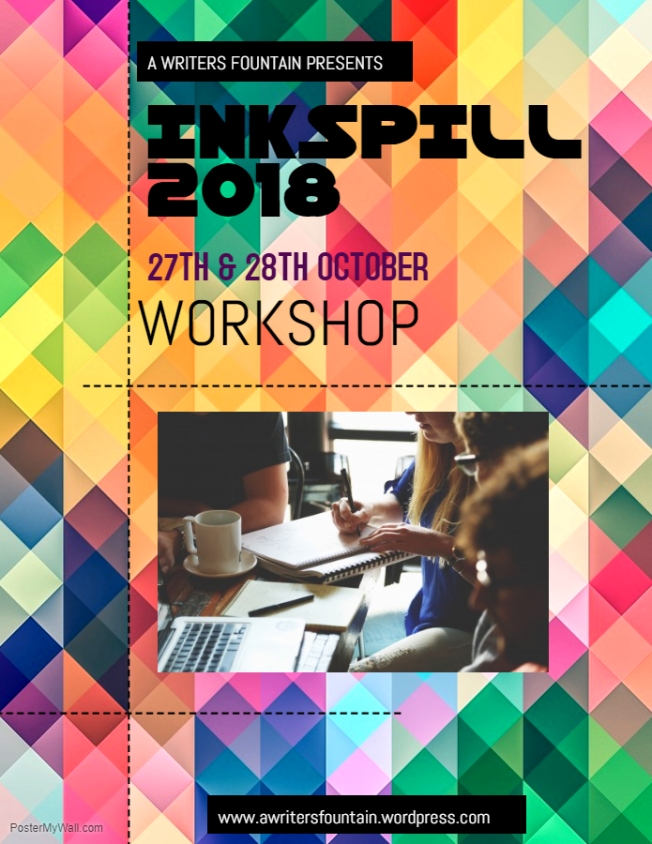
This workshop was devised with Young Writer’s in mind… we were all young once upon a time and still are at heart… so give it a go.
Guest Writer Workshop with Kevin Brooke
The Sealed Envelope
Young Writer’s Workshop on the theme of A Sealed Envelope with the story to be written in approximately 300 words
In giving advice to a writer, J K Rowling has been quoted as saying “Write the story as well as you can, revise it, refine it, and if it still seems alive to you, you’re done”.
The items each student requires are to complete the workshop are – a pen, some paper and an imagination.
The Workshop begins with each student being handed a sealed envelope
Please don’t open this as yet, because this is crucial in the creation of your story. All you need to do to begin with, is think about what is inside the envelope. Write down a few ideas of what it could be, for example, a letter, pictures, symbols, something else?
Character Creation
Now that you have some idea of what’s inside, I want you to think about who or what would send it to you? Try and picture them, imagine what they’d look like. Are they young / old / a boy / a girl / an alien / a Vampire / a goblin?
If you are struggling, have a look around the room to see if there is something that catches your eye or inspires you. If you are in a library, have a look at some of the books on the shelves and focus on what you can see on the front covers / internal illustrations.
Plot creation
Now that you have a picture of what is inside the envelope and who may have sent it, try to think of a reason why? For example, is it a threat, a wish of goodwill, a symbol of hope / disaster or a cry for help or even a goodbye?
Setting creation
Now we have a character and a reason why the envelope has been sent. The next stage is to try and imagine where they were when they sent it. Were they on the beach, on the moon, hidden in a wardrobe, inside a dungeon? Draw some pictures if this helps.
The Resolution
The story you have written so far should tell you whether it will be a happy ending, an open ending, or a sad / violent ending…read the story, think about the character, the setting. Read it through your notes several times – the ending is there if you think about it. The most important aspect is that the resolution must be based on how you think the story should end.
How? First of all, don’t forget the basic checklist
- 300 words isn’t many. Try to keep characters to a minimum – maybe one main character and a maximum of two others.
- Use dialogue if you can as this brings the characters alive.
- Try not to use too many adverbs i.e. words ending in ‘ly’. If the man is tall, we don’t need to know he is really tall. Tall is usually enough.
- Try to be specific i.e. instead of ‘she ate a pizza’ maybe think of the ingredients i.e. ‘spicy pepperoni with mushrooms’. In this way, the reader not only knows the details of what is on the pizza, they gain a sense of taste.
- Avoid clichés – one way of doing this by using Imagery. As Stephen King is quoted as saying “see everything before you write it”. Try, therefore, to visualise every sentence you write and then write what you see.
- Another way of bringing your story alive is by experiencing what your character is experiencing. If they go into a forest, do this for yourself, make some notes on what you saw, felt, heard or smelt and use these in your story.
Reading your work aloud
I’m a great believer in the notion that story telling is best told live. It provides the storyteller with a few, powerful minutes to take us to their alternative world, wherever it may be. In addition, if you are reading to others, listen to their feedback – they might tell you something you hadn’t considered, but something that could transform the entire story.
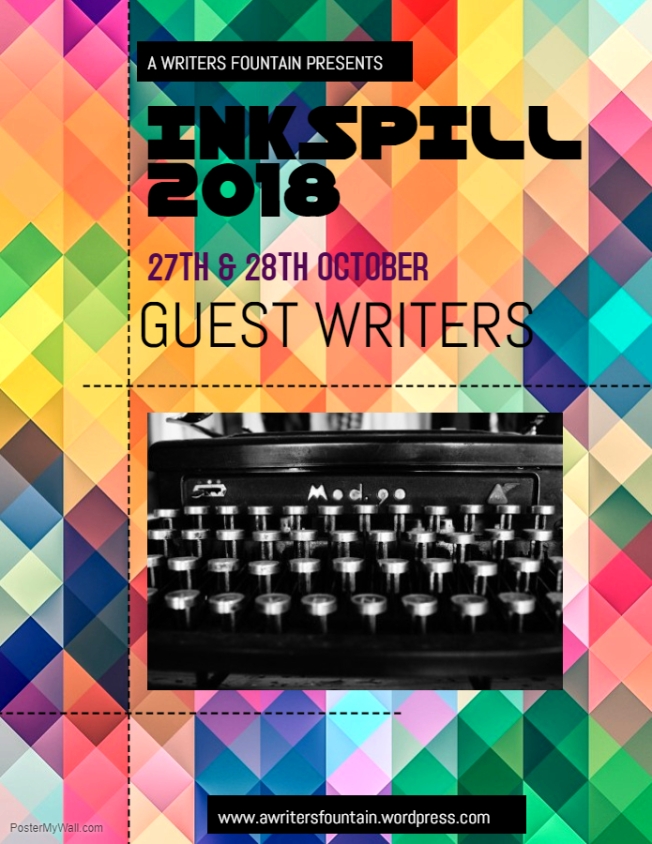


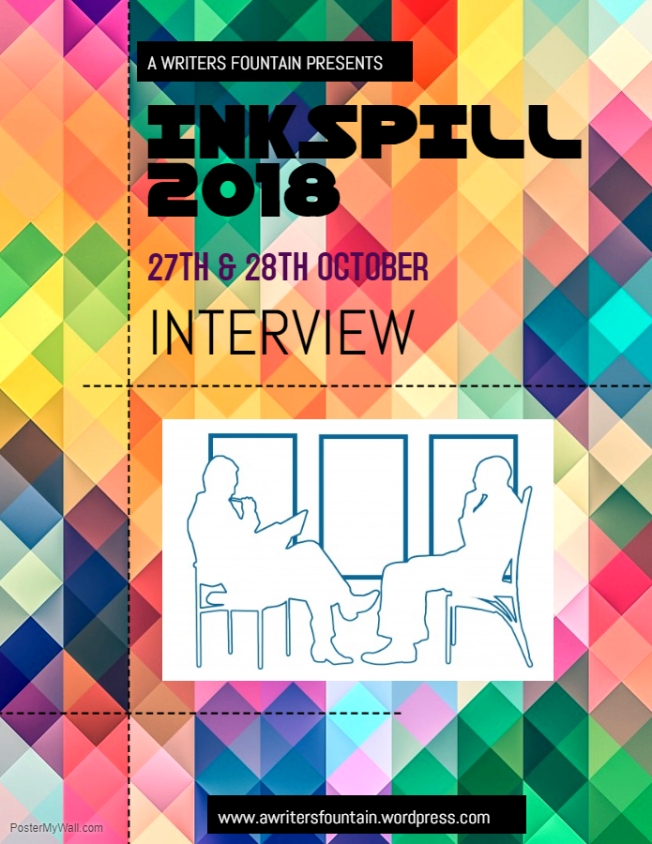
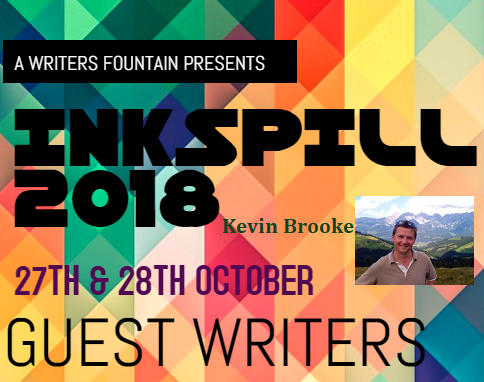



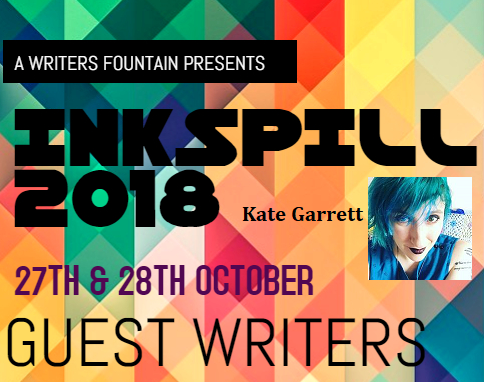

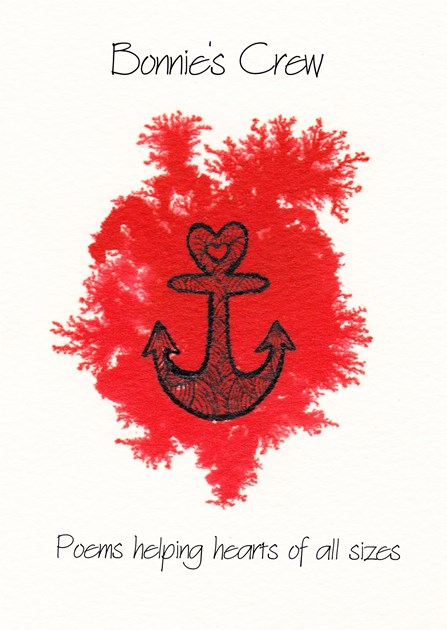

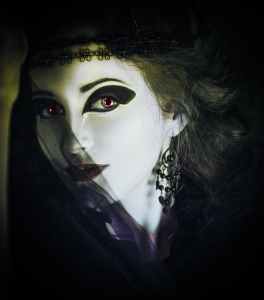



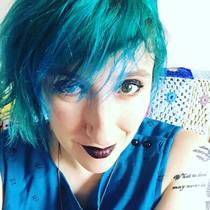
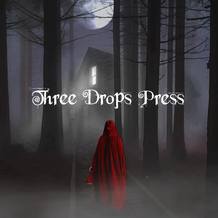
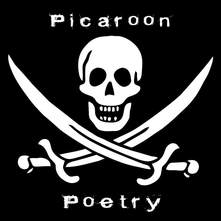
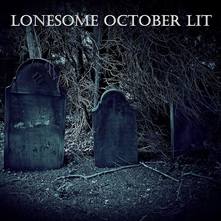

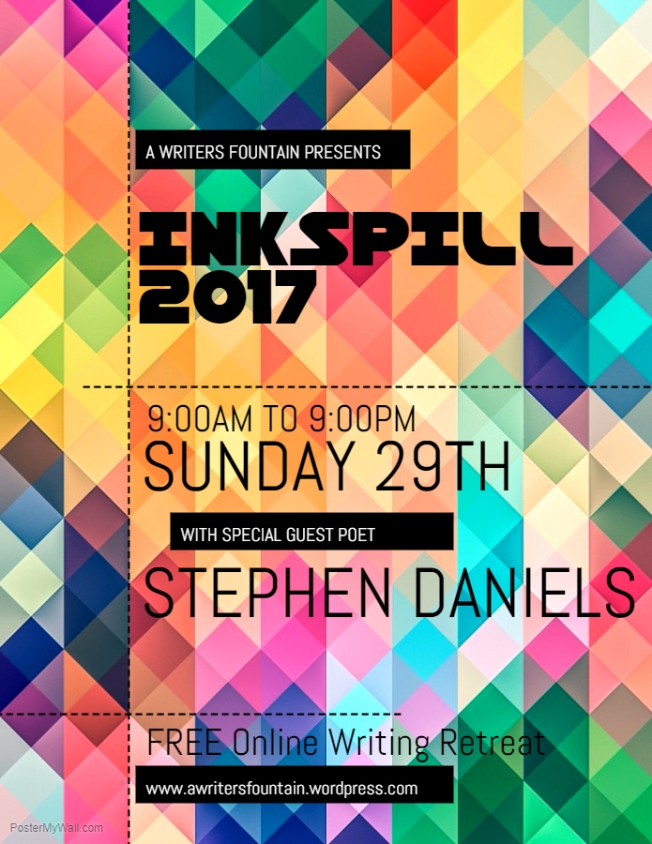
 © swindontheatres.co.uk
© swindontheatres.co.uk